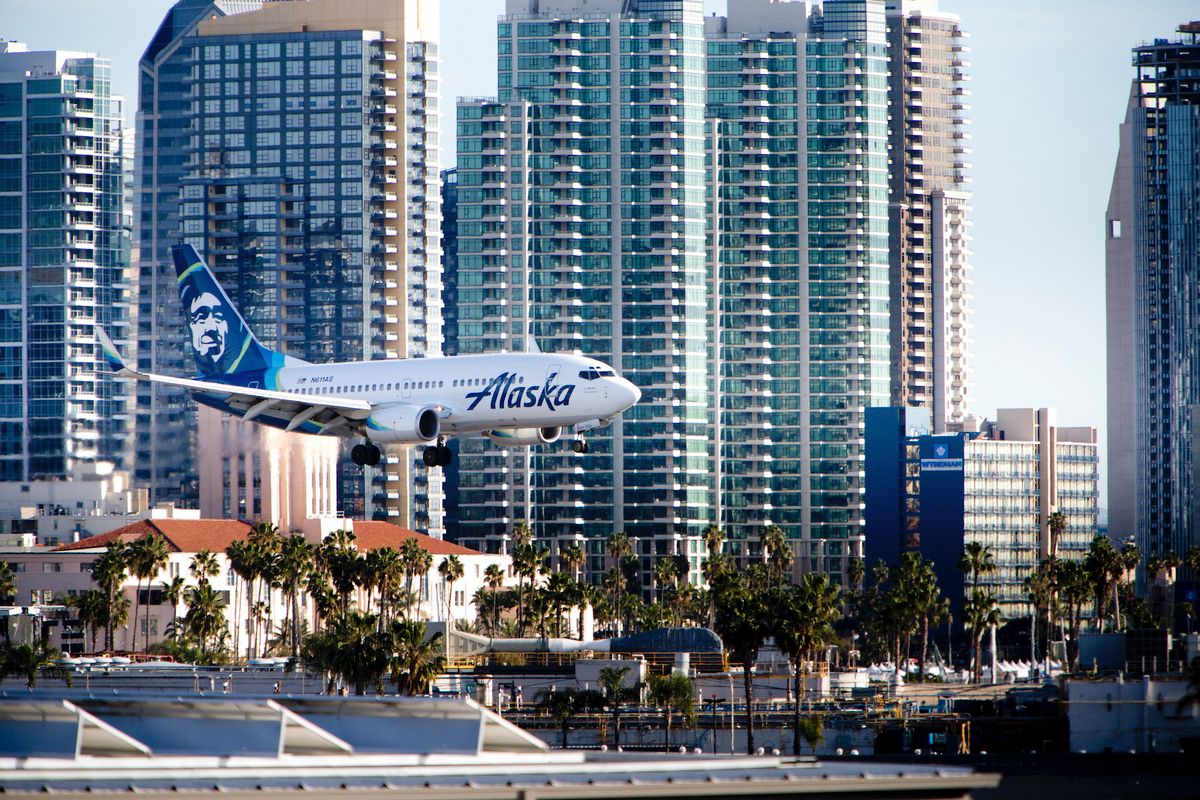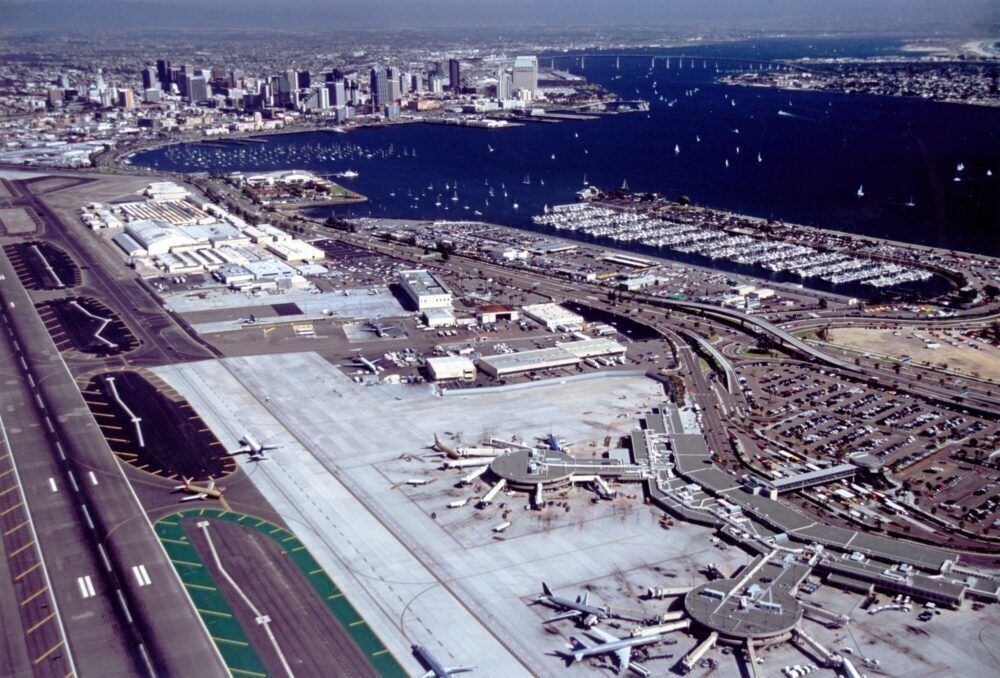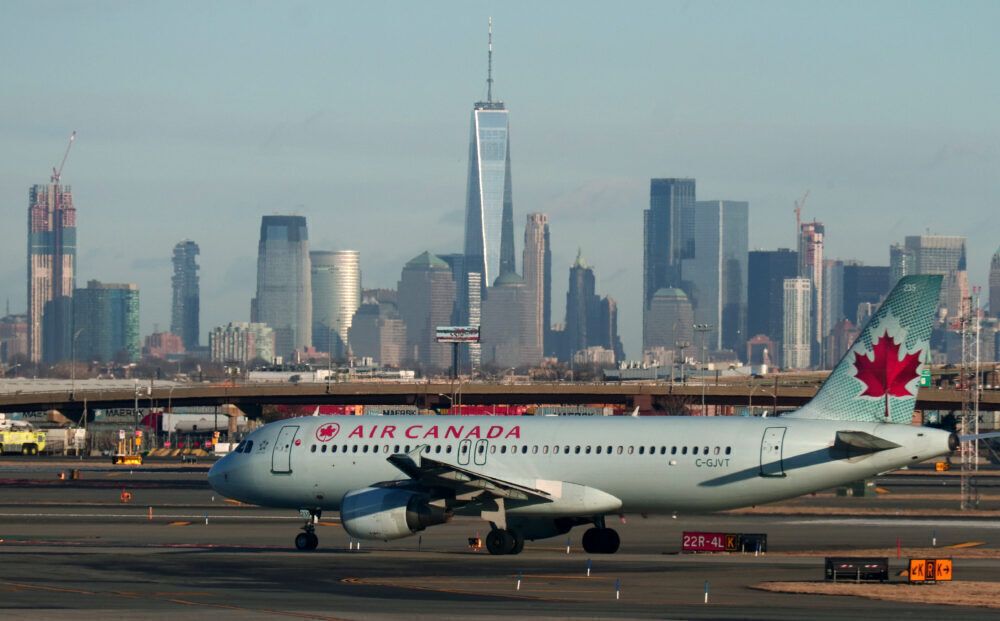California's San Diego International Airport announced Wednesday that it had entered into a partnership with San Diego Community Power to supply the airport with 100% renewable electricity. This puts the airport way ahead of its target to run solely on renewables by 2035.The Intergovernmental Panel on Climate Change (IPCC) is preparing a new landmark report to be published in stages over the coming months. A draft from the report was leaked yesterday, and it makes for grim reading indeed. The reinforced findings of the trajectory of global warming make the aviation industry's strides towards more sustainable operations more urgent than ever.Stay informed: Sign up for our daily and weekly aviation news digests.
Reaching goal way ahead of plan
As such, it is great news that San Diego International Airport (SAN), the busiest single-runway commercial airport in the US, is about to transition to 100% renewable energy. It has enrolled in the San Diego Community Power (SDCP) - a not-for-profit Community Choice Aggregation (CAA) program that will supply carbon-free electricity to about 770,000 customers in the area.
"Having the opportunity to work with San Diego Community Power enables us to reach our goal of 100 percent renewable electricity well before our planned timing of 2035. SDCP's ability to provide reliable, zero-carbon energy at competitive costs is a game-changer for us and everyone in the region," Kimberly Becker, San Diego County Regional Airport Authority President and CEO, said in a statement Wednesday.
Services of the SDCP launched for municipal customers on March 1st and for commercial customers this month. Residential households will have to wait until early 2022. The program purchases renewable energy and then feeds it into the electricity grid. The majority of the electricity is provided through solar and wind power.
SAN's substantial sustainability program
San Diego International Airport, formerly known as Lindbergh Field, was one of the first major airports in the US to institute a sustainability policy. The plan 'vigorously reinforces' the airport authority's mission statement, which is,
"…to operate San Diego’s air transportation gateways in a manner that promotes the region’s prosperity and protects its quality of life."
The airport's overall Sustainability Management Program consists of seven sub-category plans, each with an individual target for 2035. These are:
- Water Stewardship Plan
- Strategic Energy Plan
- Carbon Neutrality Plan
- Clean Transporation Plan
- Zero Waste Plan
- Climate Resilience Plan
- Biodiversity Plan
FAA grants available to US airports
A Sustainability Master Plan fully integrates sustainability into an airport's long-term planning. Meanwhile, a Sustainability Management Plan is a stand-alone document. Both look to achieve the same objective, which is to identify sustainability objectives that will reduce environmental impact.
The Federal Aviation Administration (FAA) is providing eligible airports across the US with grants to develop these documents through its Airport Improvement Program. Among airports that have participated in the program are Dallas-Fort Worth in Texas, Logan International Airport in Massachusetts, Salt Lake City in Utah, Tampa International in Florida, Denver International in Colorado, Seattle-Tacoma in Washington, Honolulu International in Hawaii, Newark in New Jersey, and many other smaller airports across several states.



